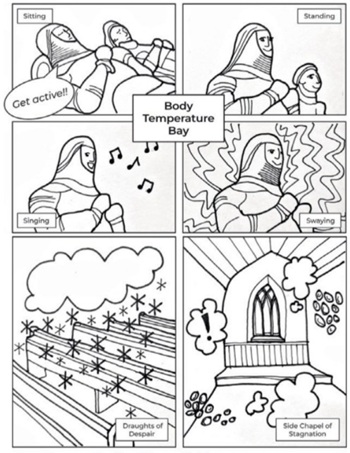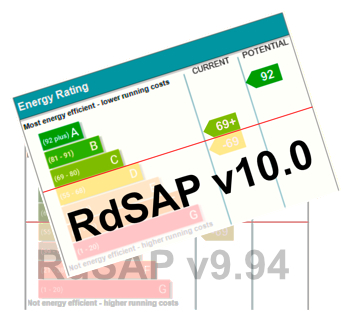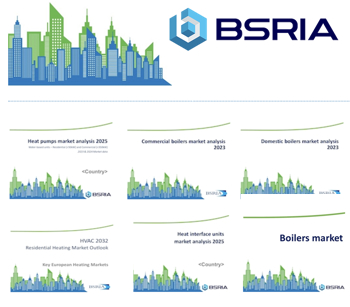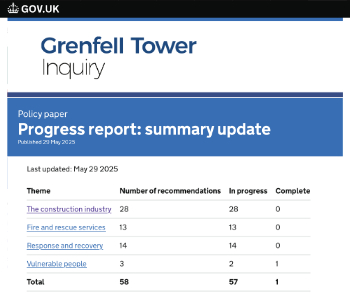Smart surveillance, video surveillance and VSaaS
Video surveillance enables the monitoring of activity, behavioural patterns, or any other change in environmental conditions. This involves surveillance from a distance by means of electronic equipment (such as CCTV cameras). Video surveillance can be performed in real time, or data can be collected and stored for the purpose of evaluation when required.
A video surveillance system (VSS) typically comprises; cameras, a recording/control unit and an output interface such as a monitor. The systems requirements for video surveillance include; storage, encoders, interfaces, and management software.
In the video surveillance-as-a-service (VSaaS) delivery model, the storage, video management, and analytics solutions are hosted centrally in a cloud environment and are accessed over the Internet. The advantages of such systems include; cost efficiency, access to value-added services, a wide array of products for hosted video, easy conversion of analog systems to IP, and increased system performance. The services provided under VSaaS can be hosted, managed, or hybrid.
Continued investments in infrastructure such as railways, roads, airports, and communication networks are driving the demand for video surveillance systems. Advancement in high definition (HD) and megapixel cameras is also driving the video surveillance market globally. Furthermore, the increasing popularity of do-it-yourself (DIY) video surveillance for home security is contributing to the market's growth.
Centralized data and application management which reduces IT costs and enables easy and cost-effective data recovery is also a major factor responsible for the growth of the VSaaS market globally, along with the declining cost of storage systems and high-speed internet access.
However, challenges such as privacy concerns, the high cost of IP video surveillance systems, high bandwidth requirements, corporate protocols for network security, and low adoption by the small office/home office (SOHO) contingent and small retailers hinder this market's growth .
Mobile video surveillance, which enables the streaming of video wirelessly from a mobile video surveillance camera to a control centre, represents a major growth opportunity for this market in the coming years. The ability of multimedia and social media surveillance in video surveillance systems is also anticipated to broaden the market's growth in the near future, along with technological advancements in high-resolution imaging and video analytics.
On the basis of type, the video surveillance and VSaaS market is categorised as analog and IP-based systems. IP-based surveillance systems have rapidly gained a significant market share in recent years due to their inherent advantages of quality, scalability, better resolution, and built-in analytics engines, as compared to analog video surveillance.
On the basis of components, the video surveillance and VSaaS market is categorised into hardware, software, and services (VSaaS):
- Video surveillance hardware includes surveillance cameras for capturing video footage, recorders and storage, encoders, and monitors.
- The software segment includes video management software (VMS) and video analytics software.
- Based on the service delivery architecture, the VSaaS types include hosted, managed, and hybrid services.
The increasing demand for IP cameras has led to the significant growth of the video surveillance hardware market. However, the VSaaS market is expected to grow the fastest due to rising demand for the storage of large volumes of data generated through IP cameras.
[edit] Find out more
[edit] Related articles on Designing Buildings Wiki
- Big data
- Building Automation and Control System BACS.
- Building management systems.
- CCTV.
- Commercial security systems.
- Engineering Smart Cities.
- Entry control.
- European connected and smart home market.
- Internet of things.
- Security and the built environment.
- Smart airports.
- Smart buildings.
- Smart cities design timeframe.
- Smart city.
- Smart construction.
- Smart kitchen appliances.
- Smart meter.
- Smart technology.
- The smart buildings market.
- Types of alarm.
Featured articles and news
Professional practical experience for Architects in training
The long process to transform the nature of education and professional practical experience in the Architecture profession following recent reports.
A people-first approach to retrofit
Moving away from the destructive paradigm of fabric-first.
International Electrician Day, 10 June 2025
Celebrating the role of electrical engineers from André-Marie Amperè, today and for the future.
New guide for clients launched at Houses of Parliament
'There has never been a more important time for clients to step up and ...ask the right questions'
The impact of recycled slate tiles
Innovation across the decades.
EPC changes for existing buildings
Changes and their context as the new RdSAP methodology comes into use from 15 June.
Skills England publishes Sector skills needs assessments
Priority areas relating to the built environment highlighted and described in brief.
BSRIA HVAC Market Watch - May 2025 Edition
Heat Pump Market Outlook: Policy, Performance & Refrigerant Trends for 2025–2028.
Committing to EDI in construction with CIOB
Built Environment professional bodies deepen commitment to EDI with two new signatories: CIAT and CICES.
Government Grenfell progress report at a glance
Line by line recomendation overview, with links to more details.
An engaging and lively review of his professional life.
Sustainable heating for listed buildings
A problem that needs to be approached intelligently.
50th Golden anniversary ECA Edmundson apprentice award
Deadline for entries has been extended to Friday 27 June, so don't miss out!
CIAT at the London Festival of Architecture
Designing for Everyone: Breaking Barriers in Inclusive Architecture.
Mixed reactions to apprenticeship and skills reform 2025
A 'welcome shift' for some and a 'backwards step' for others.






















Comments